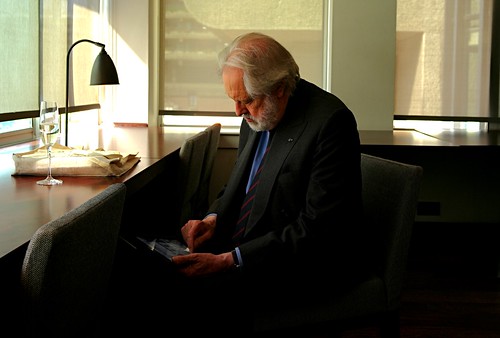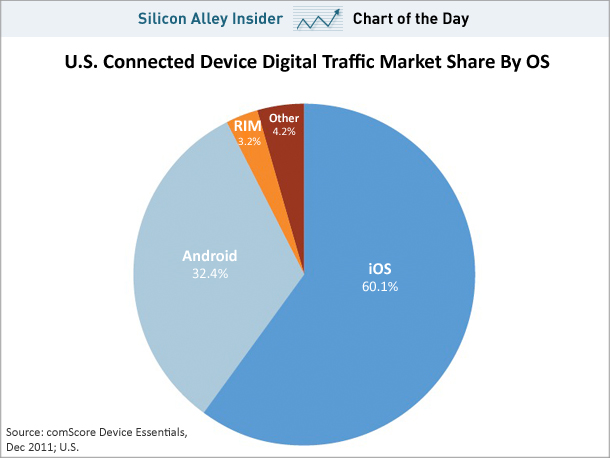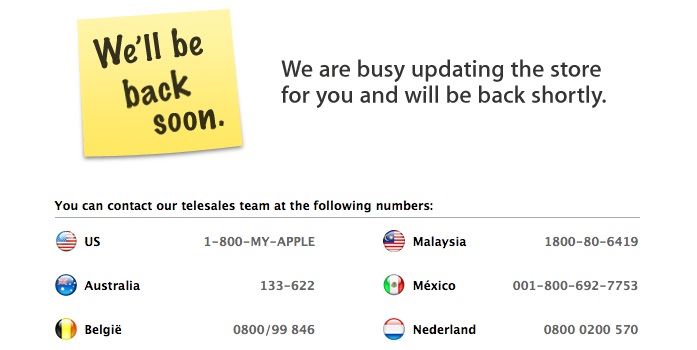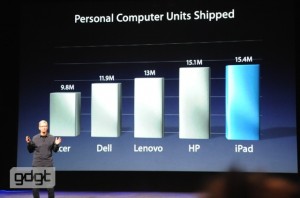Apple has just reported quarterly profits that are bigger than Google’s revenues for the same period. Today’s New York Times has a big report on the human costs of that commercial success. In one way, of course, this is an old story (and it’s not just about Apple, either — dozens of other successful Western technology companies are also exploiters of Chinese labour), but the NYT investigation is more extensive than I’ve seen before, and therefore more troubling.
In the last decade, Apple has become one of the mightiest, richest and most successful companies in the world, in part by mastering global manufacturing. Apple and its high-technology peers — as well as dozens of other American industries — have achieved a pace of innovation nearly unmatched in modern history.
However, the workers assembling iPhones, iPads and other devices often labor in harsh conditions, according to employees inside those plants, worker advocates and documents published by companies themselves. Problems are as varied as onerous work environments and serious — sometimes deadly — safety problems.
Employees work excessive overtime, in some cases seven days a week, and live in crowded dorms. Some say they stand so long that their legs swell until they can hardly walk. Under-age workers have helped build Apple’s products, and the company’s suppliers have improperly disposed of hazardous waste and falsified records, according to company reports and advocacy groups that, within China, are often considered reliable, independent monitors.
It’s a long report. Worth reading in full.




